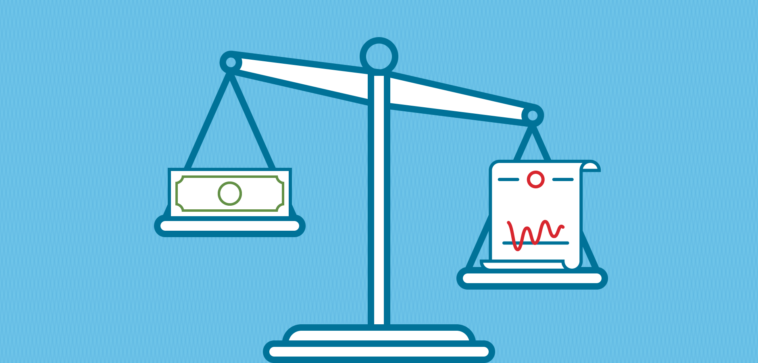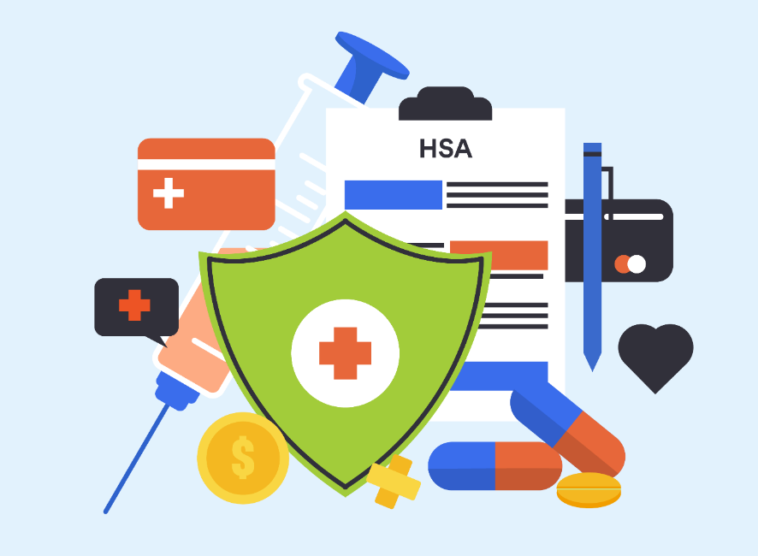Health insurance is something every family needs. Accidents and emergencies happen all the time, and you could face high medical bills without the correct coverage. Choosing which plan to buy can be a little complicated.
The team at HealthMarkets advises that there are a number of important things to check before you choose the right plan for you and your family. Here are the top 7.
1. The Premiums
Many people make the mistake of choosing health insurance based on the amount of the monthly premium. There are a lot of comparison websites that allow you to sort by these criteria.
However, in most cases, the lower the rate, the higher the conditions. You’ll most likely have excessive deductibles and an even more restricted network.
It’s essential to shop around to avoid paying too much but be very vigilant when reading the fine print.
2. Deductibles

Before agreeing to any plan, confirm what the deductible amount is. The lower the premium, the higher the deductible.
For example, if your deductible is $1,000, you won’t get any coverage until the bills reach that amount. For short doctor visits, if they don’t get that high, you’ll have to pay for everything. A lot of these types of appointments could negate you having this plan.
If you’re a healthy individual, who rarely needs to visit a GP or a pharmacy, then lower premiums with high deductibles might be the way to go.
Combined Deductible
This is the one you’ll prefer the most. If they offer this option, it means all services, medical care, and prescriptions combine to make one total. This way, you’ll reach your deductible amount faster.
3. Copayments and Coinsurance

No matter how high the premiums or how good the offering, not everything will be covered by your chosen health insurance plan. This is where copayments and coinsurance come in. Thankfully providers are very transparent about these amounts.
Co-Payments
These are flat fees you’ll be asked to pay for medical services or prescriptions. They’ll be listed on the back of your member card. These amounts are non-negotiable and must be paid before any coverage kicks in.
Coinsurance
Things like specialist appointments or emergency room visits may require you to pay a percentage of the cost. Remember, this applies only to services that are covered by the plan. Additional services need you to pay the entire amount.
4. HSA Availability

If you need to purchase a high-deductible plan, you may be eligible to open a health savings account (HSA). This is a way for you to contribute to your health care by depositing funds from your salary, pre-tax.
The benefit of this type of account is that you don’t pay taxes on the balances, and there’s money there to pay for the out-of-pocket expenses not covered by the insurer. Some of these include dental visits, prescription eyeglasses, fertility enhancement, hearing aids, weight-loss programs, lab fees, surgery, and psychiatric care.
5. Network Doctors
This should be one of your key decision-making criteria. In the past, most health insurance plans allowed you to see whatever doctor you liked. This is no longer the case.
Almost all providers have their own network of medical professionals and even pharmacies that you must use to ensure any benefits. If you choose to see a doctor or visit a drug store outside this group, you may not be covered at all, or have to pay a higher than usual co-payment.
There are two options here, health maintenance organization (HMO) and preferred provider organization (PPO)
Health Maintenance Organization

With this option, you’re fairly restricted. You must get all your medical services from your primary care physician. However, this is an ideal plan if you have one family GP that everybody who’s covered regularly sees.
Preferred Provider Organization
This is an ideal choice for those who travel regularly and may need to see a doctor out of town. You’ll still need to choose one of the provider’s network professionals, but you’ll have more options.
6. Prescriptions
This is always a contentious issue when it comes to health insurance. Brand name drugs in the USA are mostly very expensive. As such, many providers either don’t cover them at all, or require you to pay a high percentage of the cost.
Always check first the formulary of the insurer. This is the list of prescription medicines that they will cover. Most likely, you’ll be encouraged to try the generic of the drug first, before using the name-brand.
Next, you need to look at the payment tiers. In most cases, T1 and T2 will require a fixed copayment of between $10 – $50. The higher ones will expect you to contribute a percentage. These details are included in the formulary.
7. Review Your Claims History

The final step is to have a look at the previous health year. What did you need to claim the most? Ensure the new plan covers these items. Did you meet your deductibles, or were you always paying out-of-pocket?
Then consider what may change this year. Is there a baby on the way? Is someone in the family scheduled for major surgery? Make sure this year’s plan will allow for all of this.
Lots to Consider

Choosing the right health insurance plan requires time and research. While the amount you pay per month is important, it can’t be the only criteria.
Think about what deductible amount you’re comfortable with and really look into the copayment and coinsurance amounts. If your out-of-pocket expenses are too high, then you’re in the wrong plan.
Are you eligible for an HSA? If you must have a high-deductible plan, then there are considerable tax savings available to you.
Being able to select your own doctor, where to buy your meds, and what prescriptions are covered are all vital decisions to make before opting for a plan.
Lastly, consider what your past medical history and future expectations are. This may mean that you need to change your plan. What may have worked for you last year might not be the right choice going forward.
Be informed, do your research, and you’ll make the right decisions.





